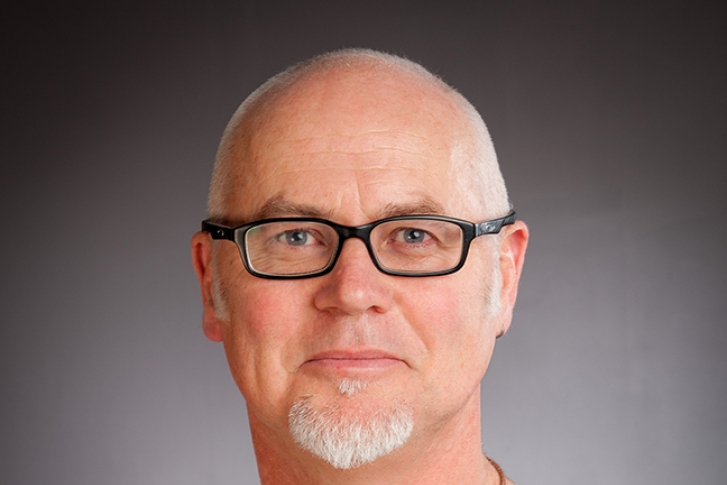Scientists exploring the Kermadec Trench believe they have retrieved the deepest ever sediment sample from the bottom of the ocean using a wire-deployed corer. The sample was obtained at 9994m deep in a mission that took six hours to complete.
The three-week voyage to the Kermadec Trench aboard NIWA’s flagship research vessel Tangaroa, gained new insight into the function of one of the deepest trenches in the world. The trench is 1500km long and comprises a series of deep basins that are more than 9000m beneath the sea surface. The deepest basin, Scholl Deep, is almost 10km deep and was discovered by a Danish research expedition in 1952.
During this voyage, a combined NIWA and University of Southern Denmark expedition, scientists used a range of sophisticated autonomous deep-diving vehicles as well as traditional sampling approaches.
Prof Ronnie Glud, from the Univerisity of Southern Denmark, said the work carried out on this voyage confirmed recent research suggesting that the deepest trenches act as hotspots of intensified biological activity in the oceans.
“We found that the greatest depths in the Kermadec Trench hosted intensified biological activity, but what was more surprising was the high degree of variability in the metabolic activity among the basins along the trench axis.”
He said that these findings show that the deep trenches are far more diverse than originally believed.
“If we are to understand the biological and biogeochemical function of the great trenches and their importance for regeneration and sequestration of nutrients and organic carbon in the global ocean, it is of great importance to acknowledge this diversity,” Prof Glud said.
Months of work now face the team analysing and interpreting the many data and samples collected on the voyage.
Scientists will identify the microbial and faunal communities and seek to explain the variation in the organic carbon processing that was observed among the different trench basins. The deep trenches host unknown and unique life forms that are adapted to extreme pressure.
NIWA marine ecologist, Dr Ashley Rowden, who co-led the voyage, says the samples and data will help the team to understand how life at such conditions functions and differ from those at shallower depth.
“The deep trenches remain under-studied and represent some of the few spots left to on the globe to be explored. We were really pushing the sampling envelope by attempting to take cores of the seafloor from wire cable-deployed instruments. It took more than one go, but it was worth it,” he said.
The international team on the expedition included researchers from Denmark, Germany, United Kingdom, Chile and New Zealand and was funded by the European Research Council and NIWA.
The voyage is part of a series of voyages targeting three different trench systems in the Pacific, each experiencing different loads of organic material that sustain the processes and activity in the deep. The Kermadec Trench, which is situated in the proposed Kermadec Ocean Sanctuary, is the first of the trenches to be visited by the research team in this project.
Contact:
Prof Ronnie Glud, Department of Biology, University of Southern Denmark Ph +45 60 11 13 19

